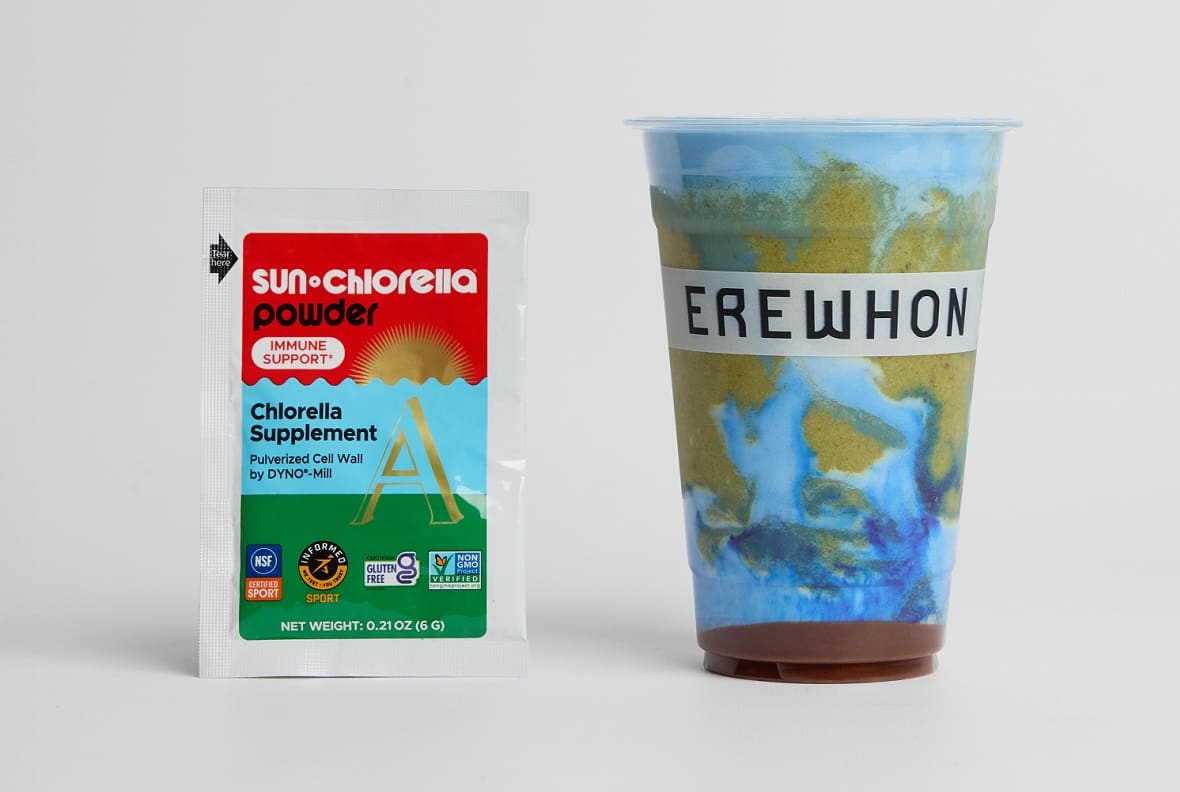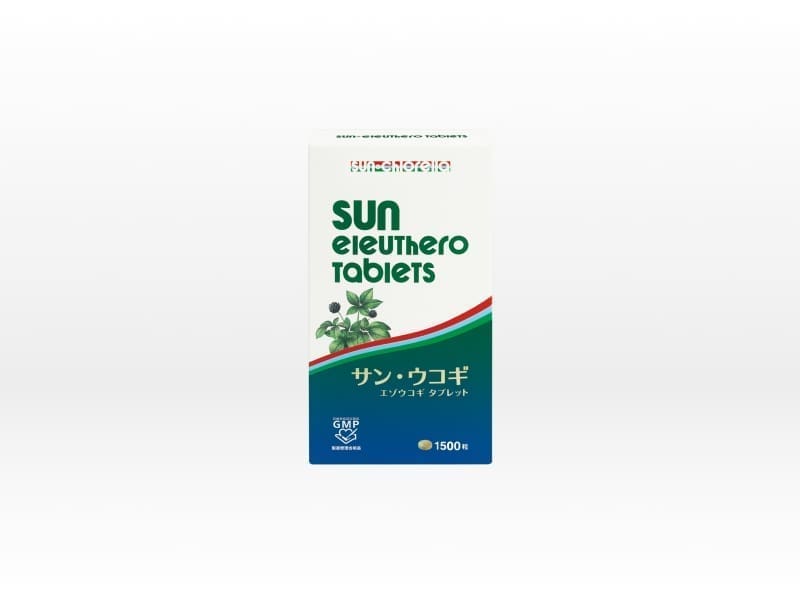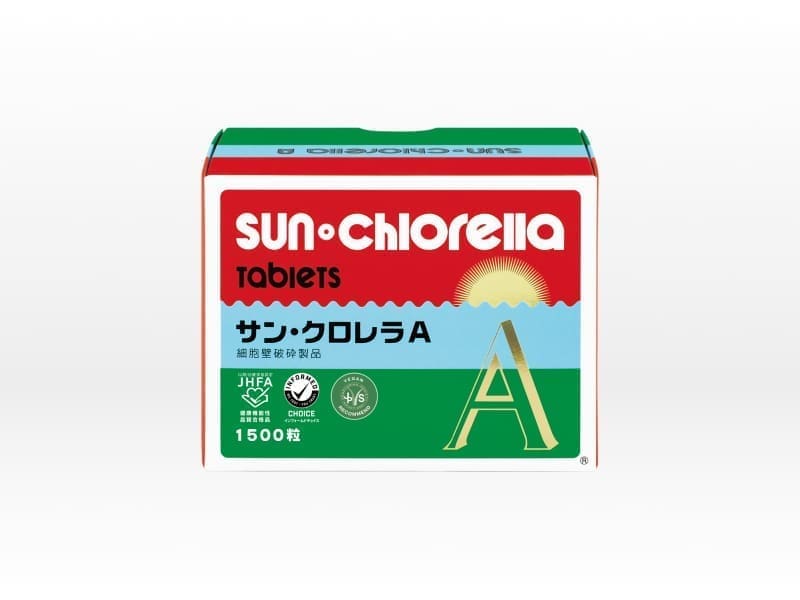-
Choose your preferred option
Stay healthy, energetic, and bright every day Sun Chlorella
Everyone is always happy, healthy forever and bright every day.
We hope everyone is always happy, healthy forever and bright every day.
This is the belief of Sun Chlorella that "Stay healthy is the most precious thing in everyday life."
Over the years, Sun Chlorella has promoted chlorella as a whole food,
and with our new logo and our slogan of “Health is Wealth,”
we will continue to make every effort in supporting your health.
















